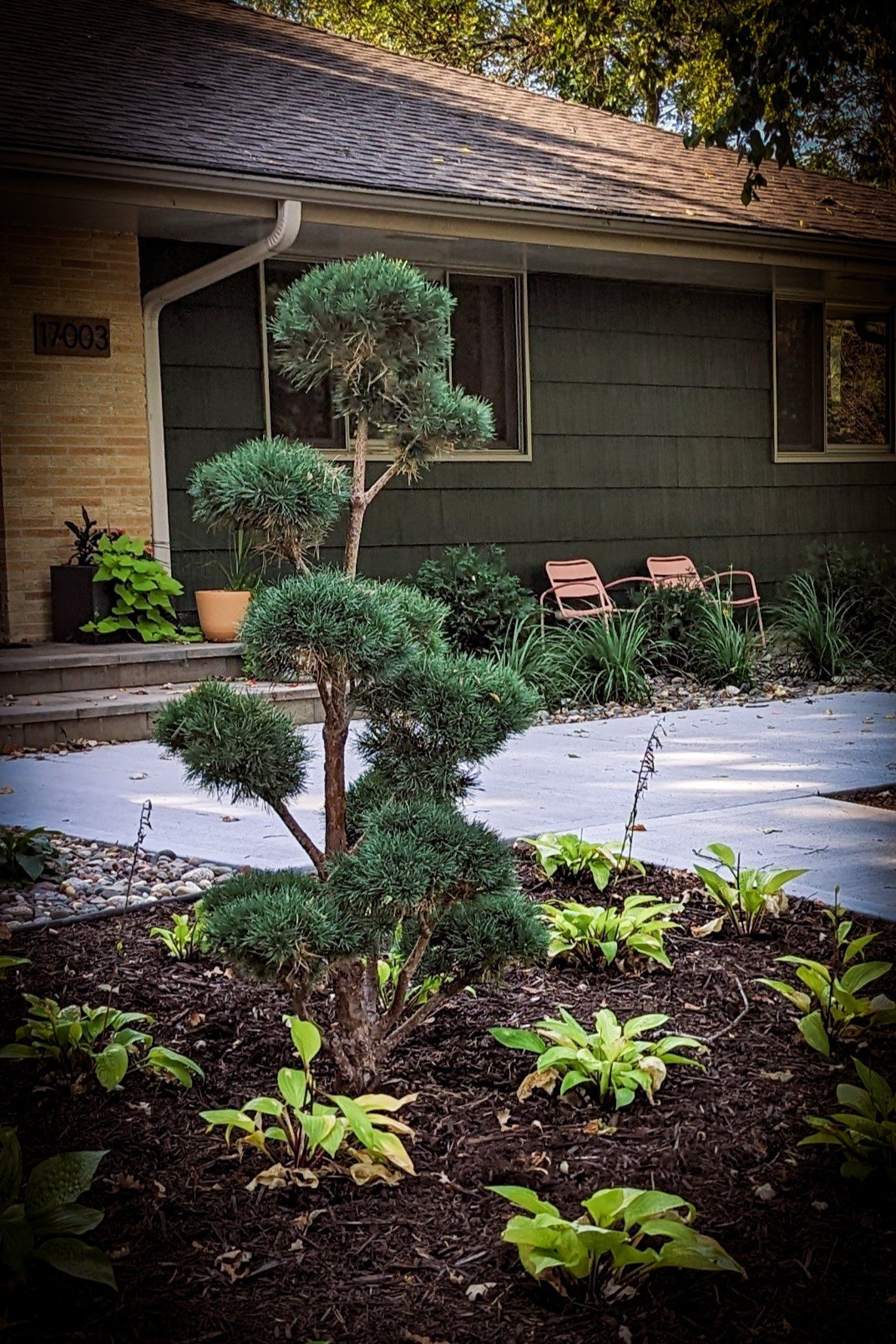Extend the Life of Your Fence Posts
 It is not just a cliche that good fences make good neighbours! So you have a new fence this summer? It is time to do a few things which will add more life to your fence. Just a bit of work now will pay you back in the long run. Getting it done before frost is important. If you have a typical pressure treated lumber fence then maintenance now will save headaches in the future.
It is not just a cliche that good fences make good neighbours! So you have a new fence this summer? It is time to do a few things which will add more life to your fence. Just a bit of work now will pay you back in the long run. Getting it done before frost is important. If you have a typical pressure treated lumber fence then maintenance now will save headaches in the future.
Did you or your fence installer tamp around the posts after installation? Missing this important step can result in loosened posts and water pooling at the base of the posts. My preferred method is a simple 10 lb. sledge-hammer and a length of two-by-four. If tamping was missed, do it now. Hammer the ground around the fence post with either the sledge or the sledge applied to the two-by-four. Do not whack the base of the post with the sledge. This can damage the post. Practice this technique on your parents old fence or a local vacant lot if you are not handy with a sledge-hammer. Wear safety shoes! Wearing good work gloves can help prevent blisters on your hands if you have a lot of tamping to do. Compacting and compressing the soil around the base increases the wind resistance. Look around your neighbourhood I am sure you will find examples of fences that are leaning after just a few seasons of weather. Always add an inch or two of soil around the base to ensure water run off.
Pressure treated fence posts can twist and crack open after a season of drying. Capping the posts helps prevent water from soaking into the top. Plastic or wooden caps are available from some home hardware retailers. Caps with solar lighting are also an attractive option to consider.
My own six-by-six gate post developed a bad crack during the first two years of service. This gate post has two gates hung on it, mine and my neighbours. Supporting both gates puts extra strain on this post while at the same time it balances the post. Clean any debris or insects from the split. I do not recommend using a pressure washer on the splits a vacuum cleaner would be a better choice. To fill the crack which was almost an inch wide at its maximum I used a high quality construction adhesive. It is important to do this when the post is dry. The large open area of the split required two applications a day or two apart. The adhesive although very viscid will run out of the split if you try to fill too large an opening. Take the time to make a root pass on large splits. After applying the root pass I drove several wood screws through the cracks at 90 degrees to help prevent further splitting. Use wood screws that are made for pressure treated lumber.
Tamping and filling splits will make your fence stand and deliver. Whacking away with a wee sledge is a good way to release tension too.






